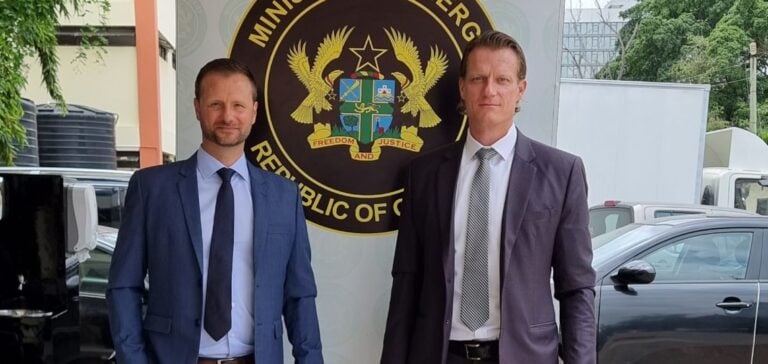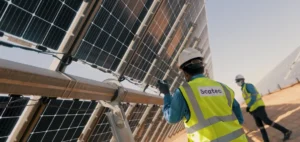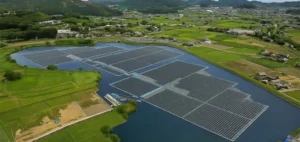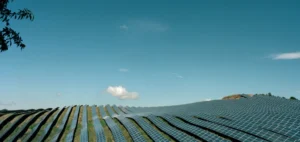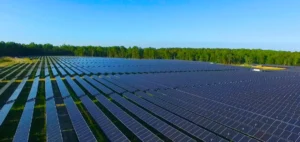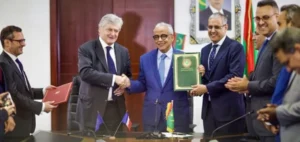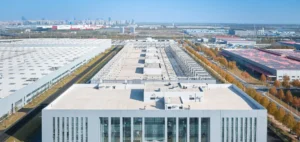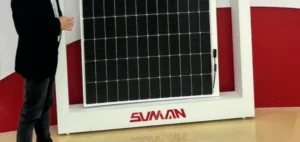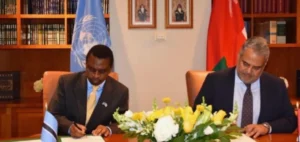Ghana, a leading renewable energy advocate in West Africa, is set to launch a 20 MW solar power plant as part of a larger 40 MW project. The initiative aims to enhance national energy capacity while contributing to carbon emission reductions.
According to the Ghanaian Information Agency (AGI), the project is being overseen by Renergy Solar, a Denmark-based energy actor. The company has completed network and environmental impact assessments, with local regulatory requirements under review. The plant’s commissioning is scheduled for 2025.
A project at the heart of energy transition
This initiative comes as Ghana accelerates its energy transition efforts. In 2023, the government, in collaboration with Sustainable Energy for All (SEforALL), unveiled an Energy Transition and Investment Plan (ETIP). The plan targets net-zero emissions in the energy sector by 2060, with solar energy identified as a priority technology.
The launch of this solar plant aligns with these goals while addressing the growing demand for renewable energy to support the country’s economic development.
Ghana’s strategic ambitions
Simultaneously, Ghana is advancing its integration into regional energy markets. The 40 MW solar project could play a key role in cross-border energy trade while reducing dependence on fossil fuels.
This type of public-private partnership also reflects a broader trend across the continent: international collaborations aimed at financing and developing sustainable energy infrastructure.
Economic and political impact
For Ghana, this project represents more than just technical progress; it sends a strong signal to international investors. It underscores a clear commitment to structuring its energy sector according to modern standards while contributing to global climate goals.
By supporting similar initiatives, Ghana positions itself as an example of successful energy transition in Africa, while attracting new players to its market.


